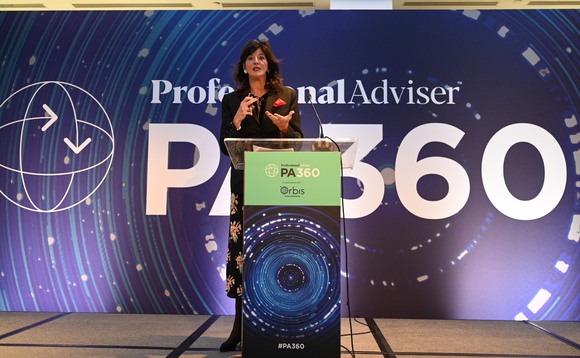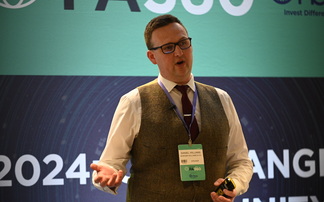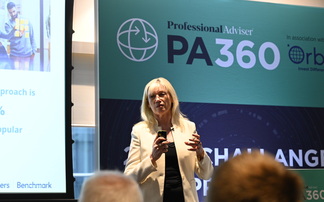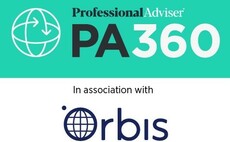Editor's View weekly column with Hope Coumbe
Trending now
Professional Adviser
Top stories
PA360: Advice firms 'brush over' data integrity fundamentals
‘Your business and your people are under attack constantly’
PA360: Gillian Hepburn on the ongoing vs fixed fees debate
‘Moving to a fixed fee presents the idea that the client knows if they need advice’
PA360: Potential pitfalls for advisers amid push for AI integration
Advisers must be not be ‘deceived into believing AI can solve all problems’
Popular Topics
Most read
01
'Get started now': Putting AI to work in financial advice firms
24 April 2024
•
4 min read
02
Compliance-focused adviser generation 'lost the human touch'
24 April 2024
•
2 min read
03
Cognitive biases in advice and the psychology of insurance
25 April 2024
•
5 min read
04
Seven years is the 'magic number' for decumulation strategy
23 April 2024
•
1 min read
05
Advice firms face data challenges amid new regulation
24 April 2024
•
1 min read
06
Quilter reports platform net inflows of £1bn in first quarter
24 April 2024
•
2 min read
Become a member
Unlimited access to real-time news, industry insights and market intelligence



















